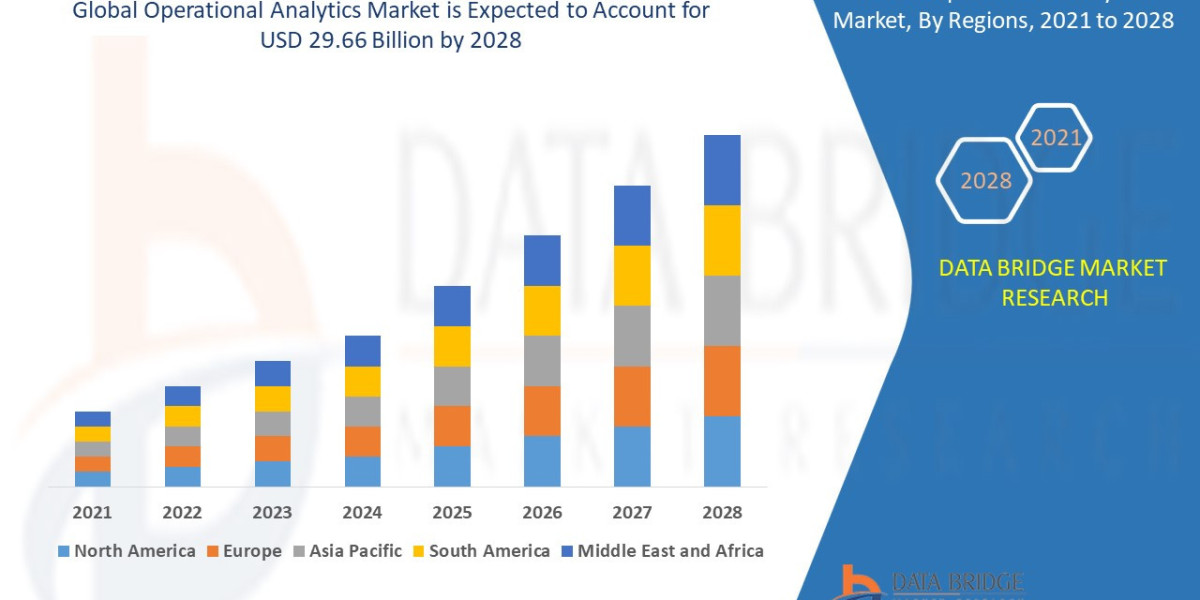Originally published on Technavio:Humanoid Robot Market Analysis North America, APAC, Europe, Middle East and Africa, South America - US, Japan, China, South Korea, Germany - Size and Forecast 2024-2028
Humanoid Robot Market Forecast 2024-2028
The humanoid robot market size is forecast to increase by USD 16,993.62 million. The market is estimated to grow at a CAGR of 45.57% between 2023 and 2028. The growth of the market depends on several factors such as the demand for enhanced visibility and flexibility in industrial operations, rising demand from the logistics sector, and surging demand for humanoid robots from the medical sector. This market growth and analysis report provide market size, historical data spanning from 2018 to 2022, and future projections, all presented in terms of value in USD million for each of the mentioned segments.
Market Dynamics
Our researchers studied the data for years, with 2023 as the base year and 2024 as the estimated year, and presented the key drivers, market trends and analysis, and challenges for the market.
Market Driver - Demand for enhanced visibility and flexibility in industrial operations**
These bots have gained more traction in a few years with the adoption of advanced technologies in the manufacturing process. The rising demand for automation in automobiles from countries such as China, Japan, South Korea, India, the US, Germany, and Spain led to increased production. For instance, in April 2022, The West Japan Rail Company used a Giant virtual reality-operated humanoid bot to fix power lines in Japan. The company used them to improve productivity and safety at the operation sites. Their increasing demand is introducing more variability in production processes, leading to the use of remote monitoring devices in plants.
Moreover, the adoption of such solutions helps manufacturers achieve customer expectations of high precision with quality at each step of the production line. To address such complexities and maintain minimum idle time on the plant floor, manufacturers are looking for human-like bots that enhance the visibility and flexibility of the manufacturing process. Therefore, the market will witness growth during the forecast period.
Market Trends - Emergence of smart manufacturing
Smart manufacturing uses advanced computing, analytics, low-cost sensing, and new levels of communication afforded by the Internet to enable industrial advancements. Flow optimization and customization, asset tracking, predictive maintenance, and real-time inventory optimization are all major objectives of smart manufacturing. An increase in the growth of automation, electrification, data integration, human-machine interaction, and connectivity paved the way for the adoption of smart manufacturing. To enable smart manufacturing, industrial machines, and bots must be equipped with IoT-integrated microprocessors, microcontrollers, sensors, and switches that can optimize production efficiency.
Additionally, in the automotive industry, the equipment that is involved in the production process, which includes manufacturing, assembly line, and warehousing of the end products, is equipped with sensors to enable automation. Thus, the need for smart manufacturing will drive the growth of the market during the forecast period.
Market Challenge - Ethical issues
There are several ethical issues challenging the growth of the market. The adoption of these can lead to unemployment, as the majority of the work would be done by these bots. This would reduce the need for laborers, thereby leading to job losses.
However, other ethical issues are lack of privacy, lack of accurate data, problems related to the control and use of data and systems, lack of accountability and liability, and loss of human decision-making. These factors can restrain the growth of the market during the forecast period.
Application Segment Analysis:
The market share growth by the personal assistance and caregiving segment will be significant during the forecast period. The personal assistance and caregiving segment are a growing field of interest and are exposed to significant development. Humanoid bots are being designed and developed to help people with a wide range of tasks and needs, including assisting the elderly and the disabled in performing activities of daily living (ADL), providing companionship, and offering support for their mental health and well-being.
Humanoid Robot Market Size
Component Segment Analysis:
Based on the component, the market has been segmented into hardware and software. The hardware segment will account for the largest share of this segment. Hardware components provide these bots a lot of value by making them look like human beings. The control system is the most important component of a humanoid because it interprets input from the sensor system and delivers commands to the actuators to operate in accordance with the decision process output. Hardware plays a critical role in the production and operation. The structure, actuation, and sensing of hardware components are important to assemble into the human body shape. The hardware components help in the optimization of lightweight structures and performance. Thus, the demand for hardware components is expected to increase and hence drive the growth of the market, which will witness significant growth during the forecast period.
Regional Analysis
Humanoid Robot Market Share by Geography
For more insights on the market share of various regions Download Sample PDF now!
APAC is estimated to contribute 36% to the growth by 2028. Technavio’s analysts have elaborately explained the regional trends, drivers, and challenges that are expected to shape the market during the forecast period. The market in North America is expected to witness growth during the forecast period due to the growing need for these bots from the medical sector, the development with advanced features, increasing use as educational robots, and surging demand for personal assistance from the retail industry. Humanoid robots would be significantly used in the North American automotive industry. As of 2022, the US ranked third globally in robot density in the automotive industry, with increased production of 228 robots.
To Learn deeper into this report , View Sample PDF
In addition, in 2021, their adoption in the North American automotive industry saw a 14% growth rate from the previous year. This positive trend of adopting industrial bots in the North American automotive industry is expected to drive the market during the forecast period. Mexico is also expected to witness considerable growth in the adoption of industrial robots, aiding the regional market during the forecast period.
Companies are implementing various strategies, such as strategic alliances, partnerships, mergers and acquisitions, geographical expansion, and product/service launches, to enhance their presence in the market.
For more information please contact.
Technavio Research
Jesse Maida
Media Marketing Executive
US: +1 844 364 1100
UK: +44 203 893 3200
Email: [email protected]
Website: www.technavio.com/



